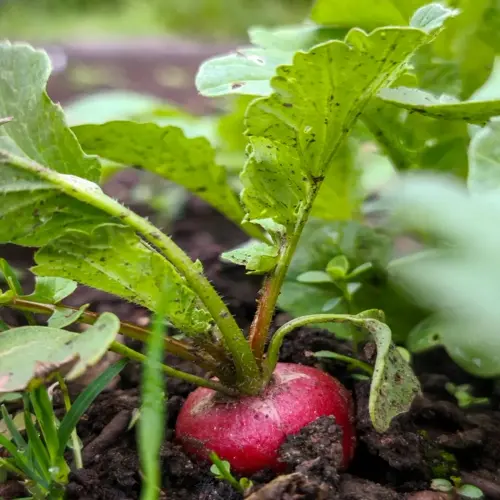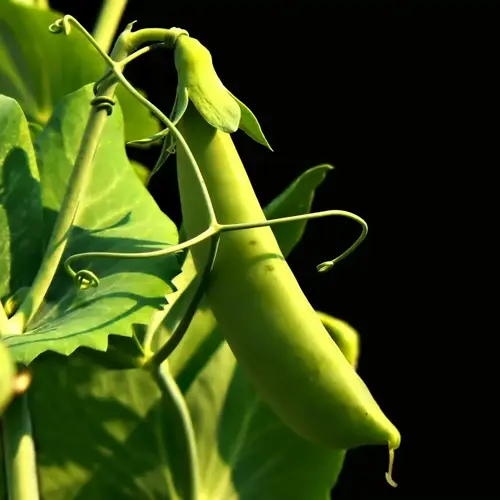What's the difference between pruning and deadheading lavender?

Written by
Liu Xiaohui
Reviewed by
Prof. Samuel Fitzgerald, Ph.D.Pruning and deadheading play different purposes in the life of a lavender plant. In the spring, I prune my lavender plant to shape the bushes and remove any woody growth. In the summer after blooming, I deadhead spent flowers. Both promote growth, but for different reasons and at other times during the plant's growing season, ensuring the plant is healthy and flourishing.
Pruning Essentials
- Performed in early spring before new growth
- Removes up to 1/3 of plant height and woody stems
- Shapes plants into domes for structural integrity
- Stimulates new growth from base buds
Deadheading Focus
- Done in summer after first bloom fade
- Trims flower stalks 2-4 inches below blooms
- Prevents seed formation for repeat flowering
- Maintains compact growth without major reshaping
Spring pruning is based on the plant's architecture. I am pruning above dormant buds using bypass secateurs. This helps keep woodiness at the base. I can also remove crossing branches that interfere with air circulation. Pruning properly should extend the longevity of lavender to over 10 years. Plants, left ungroomed, can become limp and lanky, making them susceptible to killing frost in the winter.
Summer deadheading stimulates flowering. I deadhead once a week during peak bloom time to help the plant focus on developing new blooms rather than seeds by removing spent flowers. You can achieve 2-3 flowering cycles per year by maintaining regular deadheading. Avoid cutting the plant lower than the green growth. Use sharp garden pruners and employ a snipping motion to cut precisely, avoiding damage to new buds.
The aftercare for each of the techniques described will differ, however. After pruning, I lightly water the plants and add a gravel mulch. After deadheading, there is very little maintenance involved other than picking up the debris. Watch for stress signals, such as wilting or leaf discoloration. If the lavender is healthy, you will see new growth within three weeks after receiving proper care.
Read the full article: When to Prune Lavender for Best Results

